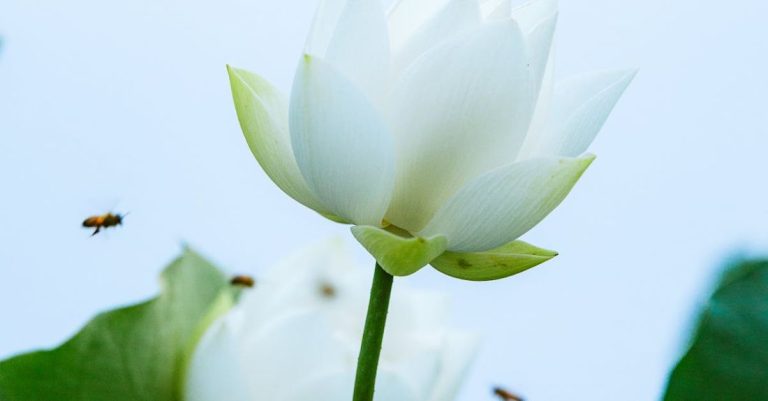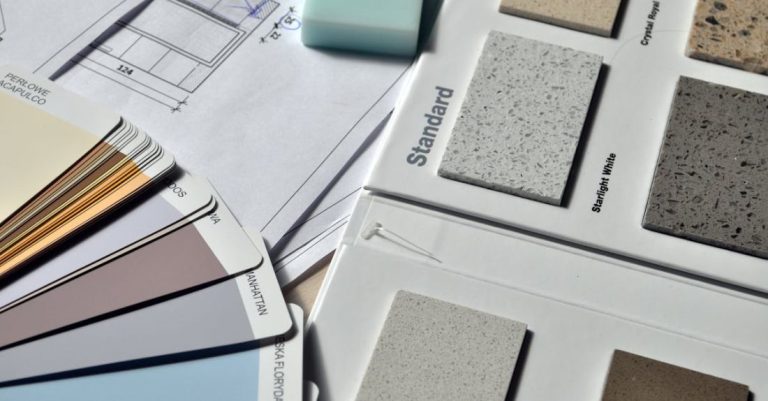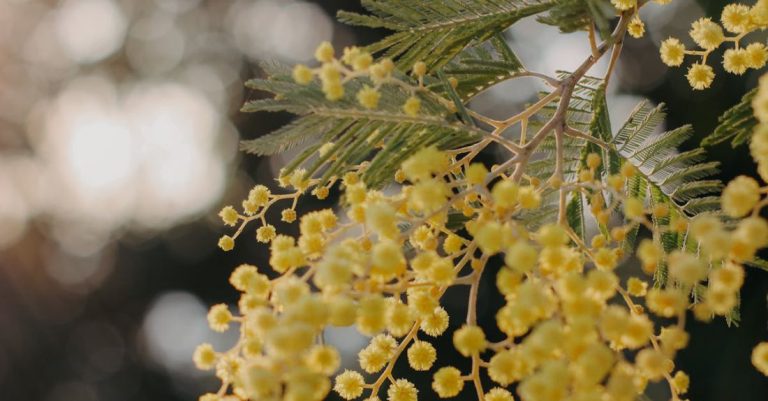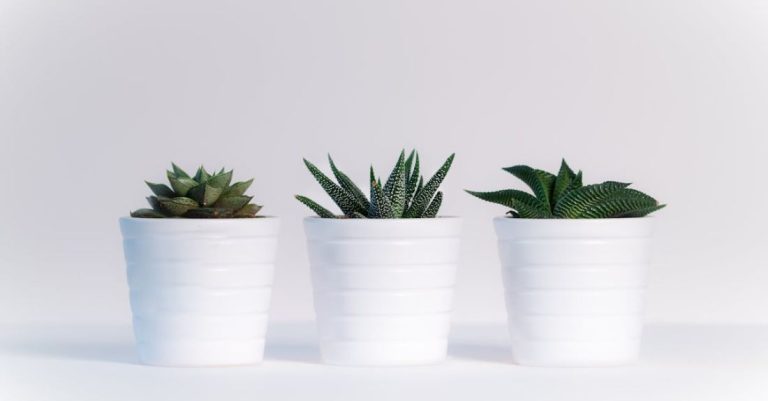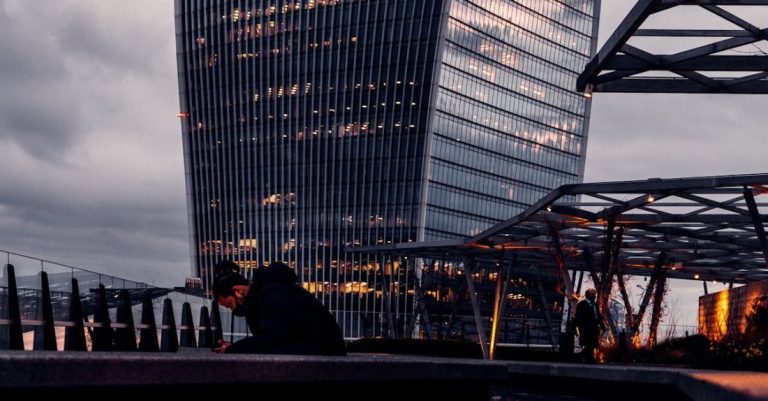
Transforming your garden into a beautiful and functional outdoor space involves more than just planting flowers and shrubs. Hardscaping, the incorporation of non-living elements into your landscape design, plays a crucial role in creating an inviting and well-balanced outdoor environment. From pathways and patios to retaining walls and water features, hardscaping elements can add structure, texture, and visual interest to your garden. In this article, we will explore how to effectively use hardscaping in garden design to enhance the overall appeal of your outdoor space.
Choose the Right Materials
Selecting the appropriate materials for your hardscaping elements is essential to achieve the desired aesthetic and functionality. Consider the style of your home and existing landscape features when choosing materials for pathways, patios, and other hardscaping elements. Natural stone, such as flagstone or slate, can create a timeless and elegant look, while concrete pavers offer versatility and durability. For a more modern and sleek design, consider using materials like steel or glass for accents or decorative features. Ultimately, the materials you choose should complement your garden’s overall design and theme.
Create Defined Spaces
One of the key benefits of hardscaping is its ability to define different areas within your garden. By incorporating walls, fences, or other structural elements, you can create distinct zones for dining, entertaining, or relaxation. Use pathways to guide visitors through the garden and highlight specific focal points, such as a fountain or sculpture. Additionally, consider adding seating walls or built-in benches to provide comfortable seating options and enhance the functionality of your outdoor space. By creating defined spaces, you can maximize the usability and visual appeal of your garden.
Add Texture and Contrast
Hardscaping elements can introduce texture and contrast to your garden design, adding depth and visual interest to the landscape. Mix and match different materials, such as smooth stone and rough gravel, to create a dynamic and engaging outdoor environment. Incorporate vertical elements like trellises or arbors to add height and dimension to your garden. Consider using lighting to highlight textures and create a dramatic effect after dark. By incorporating a variety of textures and contrasting elements, you can create a visually stimulating and engaging outdoor space.
Integrate Water Features
Water features are a popular hardscaping element that can add a sense of tranquility and beauty to your garden. Whether it’s a simple fountain, a pond, or a cascading waterfall, water features can create a focal point and enhance the overall ambiance of your outdoor space. Consider the size of your garden and the desired effect when choosing a water feature. A small bubbling fountain can add a soothing sound and visual interest to a compact garden, while a larger pond or waterfall can create a more dramatic focal point in a larger landscape. Integrate water features strategically to complement your garden design and create a relaxing and inviting atmosphere.
Embrace Low-Maintenance Options
When incorporating hardscaping elements into your garden design, consider choosing low-maintenance materials and features that require minimal upkeep. Opt for durable and weather-resistant materials that will stand the test of time and require little maintenance throughout the year. Consider using permeable paving materials that allow water to penetrate the surface and reduce runoff, helping to prevent erosion and minimize maintenance requirements. Additionally, choose plants and landscaping features that are well-suited to your local climate and require minimal watering and pruning. By embracing low-maintenance options, you can create a beautiful and functional outdoor space that is easy to care for and enjoy.
Incorporate Hardscaping Into Your Garden Design
By incorporating hardscaping elements into your garden design, you can create a beautiful and functional outdoor space that enhances the overall appeal of your landscape. Choose the right materials, create defined spaces, add texture and contrast, integrate water features, and embrace low-maintenance options to achieve a well-balanced and inviting garden design. Whether you’re looking to create a relaxing retreat, an entertainment area, or a vibrant outdoor oasis, hardscaping can help you achieve your vision and transform your garden into a captivating outdoor sanctuary.
